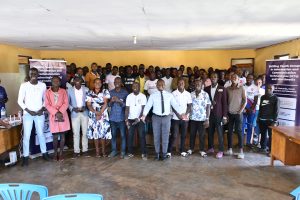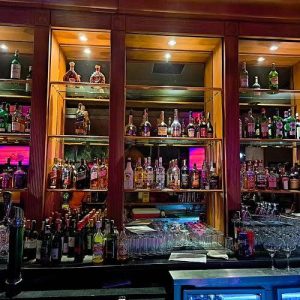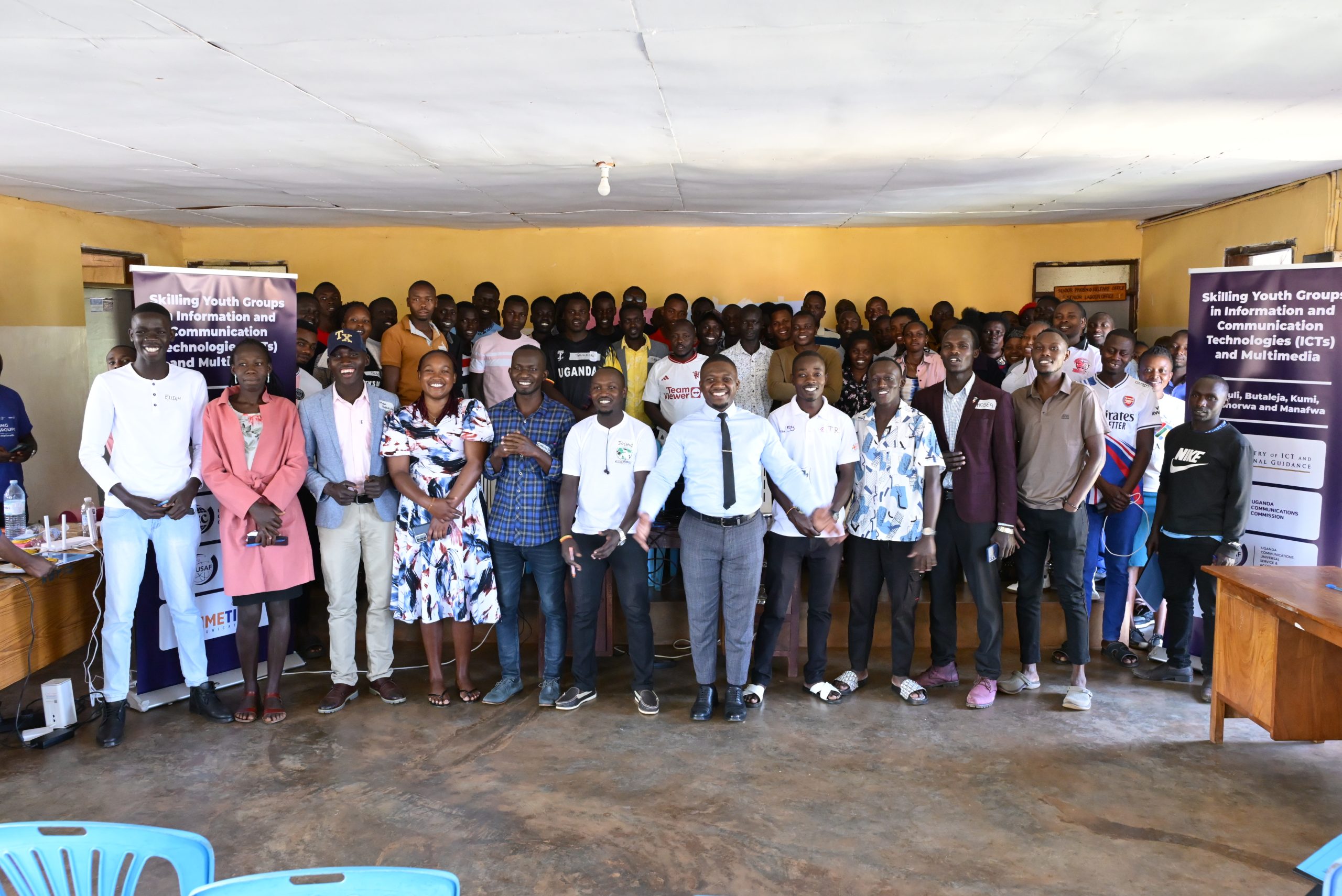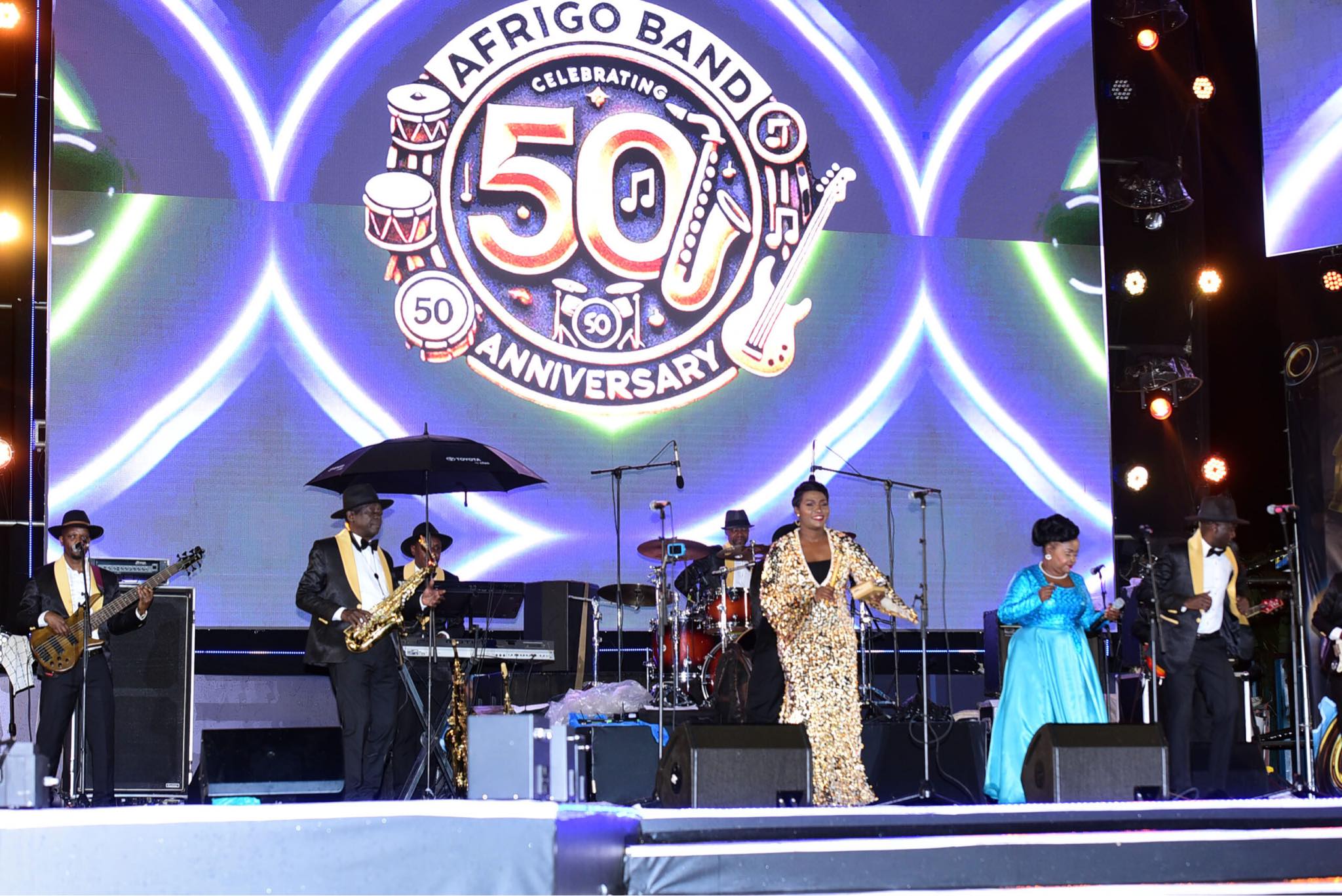By Denis Jjuuko
The death of Pope Francis came a little bit as a surprise. He had been seen publicly on Easter Sunday, another surprise, blessing the faithful from the balcony that overlooks St Peter’s Square. Even though he was visibly weak, it seemed he was on the road to recovery after spending more than a month in hospital being treated of double pneumonia. He was 88 years old.
Pope Francis is the third pope to die in the last 20 years following John Paul II in April 2005 and Benedict XVI in December 2022 even though he (Benedict) had long resigned from this position due to ill health. That decision of Benedict to resign allowed Francis to assume office in March 2013.
Less than two years after his election, Pope Francis made the long trip to Uganda, becoming the third pope to do so largely thanks to the Uganda martyrs. And like most of the papal visits especially to countries like ours, everything comes to a standstill. Roads are paved, buildings are rehabilitated and grass is planted, public holidays granted and that wasn’t any different in 2015. People traveled from far and near to attend the mass that he led.
Even our politicians who usually don’t see eye to eye were seen shaking hands at the Uganda Martyrs Shrine in Namugongo. One wished the pope visited every day!
Those who met the Pope either in Uganda, the Vatican or elsewhere all talk about his humility. As he departed Uganda, a photo is shared of him climbing the steps to his Shephard One aircraft at Entebbe International Airport. He was walking alone, one hand sometimes holding his papal soutane, and another carrying a black bag, perhaps with personal belongings. He could have had as many aides as he wished. He was the leader of more than a billion Catholics but he lived simply and perhaps sending a message to nobodies that they too can be humble. Many ministers in Uganda never carry their handbags, there is always somebody at hand to do so.
He refused to move in expensive limos or SUVs while visiting Kampala preferring a simple black Kia hatchback. Again, in a country where every public official craves for the most powerful vehicles. He lived simply and probably wanted us to learn something. Servant leadership. Showing off was not his way of life.
He also understood that the Catholic Church needed reforms in a world that is rapidly changing. It may not have made him a lot of friends within the conservatives but leadership is about making key decisions including those that are unpopular. That way he endeared many to the church.
He wanted a world where peace existed. He prayed for peace and welcomed everyone including many that he probably didn’t agree with. Perhaps if they listened to him, the world would have been different. There would be less destruction. We can all live together.
He kissed the feet of warrying parties and urged them to embrace peace. Those whose feet he kissed only shook hands for a day and some are at each other’s throats again. He must have died wondering what needed to be done to stop the wars and killings that go on unabated sometimes fighting for no particular reasons apart from the egos of leaders and wealth that they would still leave on earth.
Pope Francis still sent a message to those who deprive wealth of others by stating in his will his desire for a simple burial without the ornaments and all stuff that his position could afford. If he didn’t enjoy a luxurious lifestyle when alive, it would mean nothing to his body.
There is a lot that we can learn from Pope Francis. His humility, ability to embrace everyone and putting others first even when it came at a personal cost. He didn’t adhere to the advice of his doctors for complete rest. He kept on meeting people and drove through the crowd in his papal mobile on Easter Sunday.
And if leaders can take his example, the world would be a better place. Peaceful and resources shared with everyone.
The writer is a communication and visibility consultant. djjuuko@gmail.com











